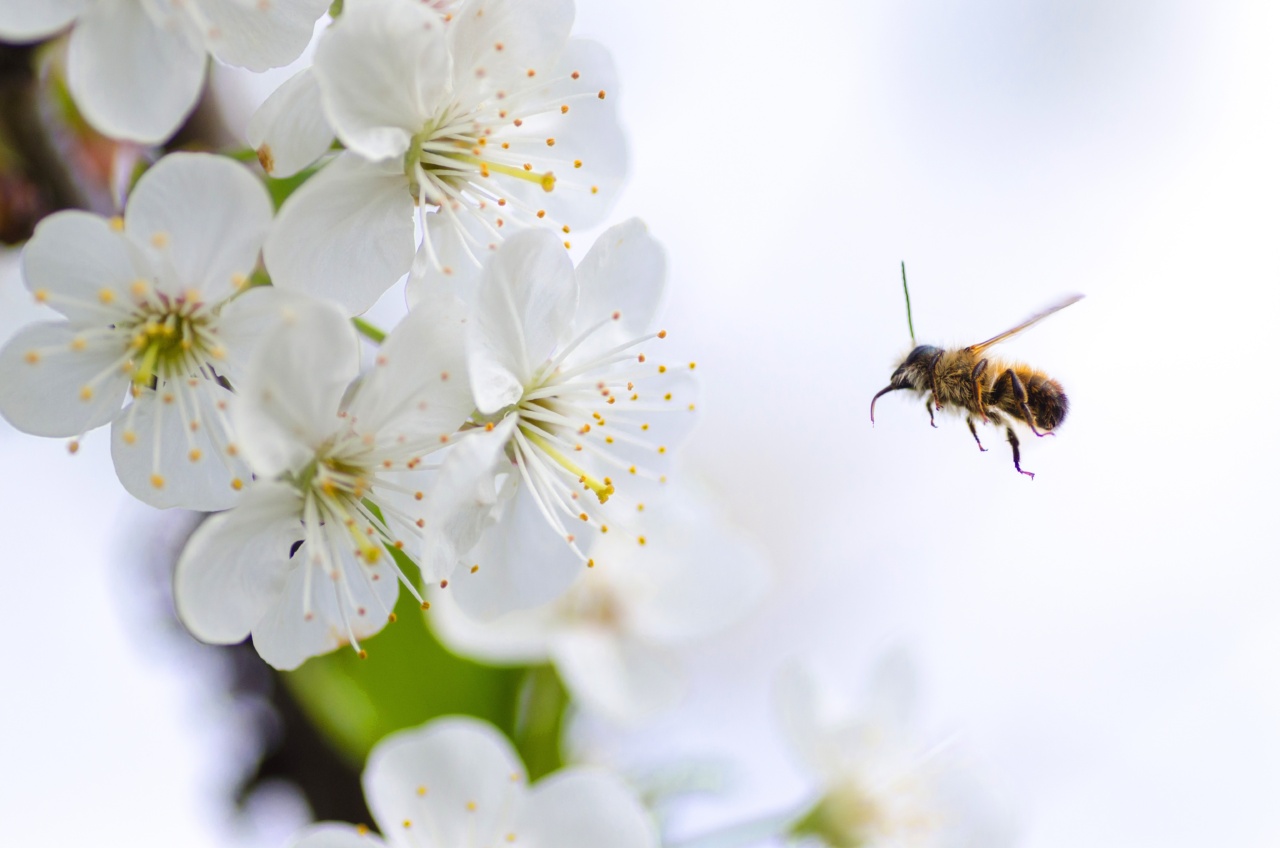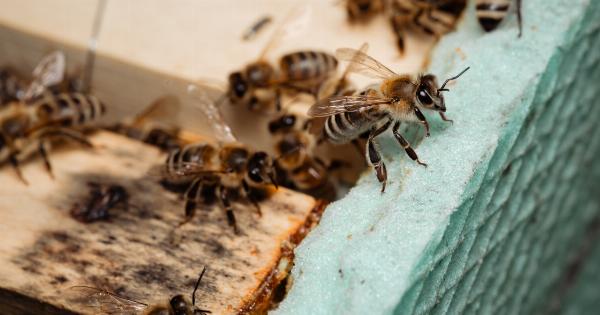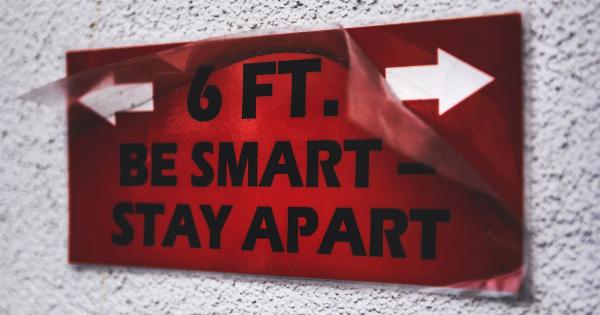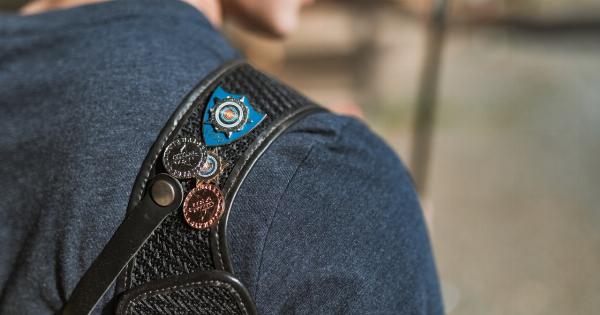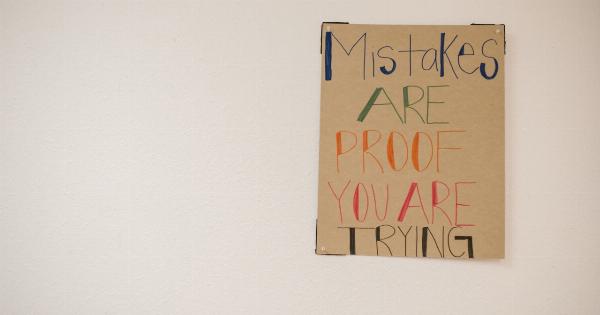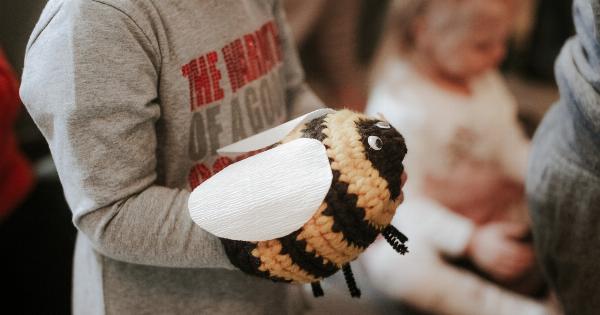With summer comes an abundance of outdoor activities, and with that comes the possibility of bee stings. Bee stings can be very painful, but there are ways to treat them to minimize the pain and discomfort. Here are some tips on how to treat bee stings.
Remove the Stinger
The first step in treating a bee sting is to remove the stinger. The stinger is the bee’s defense mechanism and is left behind in the skin when the bee stings.
It is important to remove the stinger as quickly as possible, as the longer it stays in the wound, the more venom it will release into the body.
To remove the stinger, use a card such as a credit card or a fingernail to scrape it out from the side. Do not try to pinch or pull the stinger out, as this can cause more venom to be released into the body.
Clean the Wound
After the stinger has been removed, clean the wound with soap and water. This will help to prevent infection. You can also apply an antiseptic cream or gel to the area to further prevent infection.
Reduce Swelling
Bee stings can cause swelling and inflammation in the affected area. To reduce swelling, you can apply a cold compress to the area. This can be a washcloth soaked in cold water or an ice pack wrapped in a towel.
Apply the compress to the affected area for 10-15 minutes at a time, several times a day.
Take Over-the-Counter Medication
If the pain and discomfort from the bee sting are severe, you can take over-the-counter medication such as acetaminophen or ibuprofen. These medications can help to reduce pain and swelling.
Seek Medical Attention
In rare cases, bee stings can cause a severe allergic reaction called anaphylaxis. Symptoms of anaphylaxis include difficulty breathing, swelling of the face and throat, and a rapid pulse.
If you experience any of these symptoms, seek medical attention immediately.
Additionally, if the pain and swelling from the bee sting do not improve after a few days, or if you develop a fever or other signs of infection, seek medical attention.
Preventing Bee Stings
The best way to treat a bee sting is to prevent one from occurring in the first place. Here are some tips to help prevent bee stings:.
- Avoid wearing brightly colored clothing or floral prints that can attract bees.
- Avoid wearing strong perfumes or colognes, which can also attract bees.
- Avoid walking barefoot in areas where bees may be present, such as in a garden or near a beehive.
- Be careful when drinking sweet drinks or eating sugary foods outdoors, as bees are attracted to sugar.
- If you do encounter a bee, try to remain calm and still. Swatting at the bee or running away can make the bee more aggressive.
Conclusion
Bee stings can be painful, but with prompt treatment, the pain and discomfort can be minimized. Remember to remove the stinger, clean the wound, apply a cold compress, and take over-the-counter medication if necessary.
Seek medical attention if you experience severe symptoms or if your symptoms do not improve after a few days.
